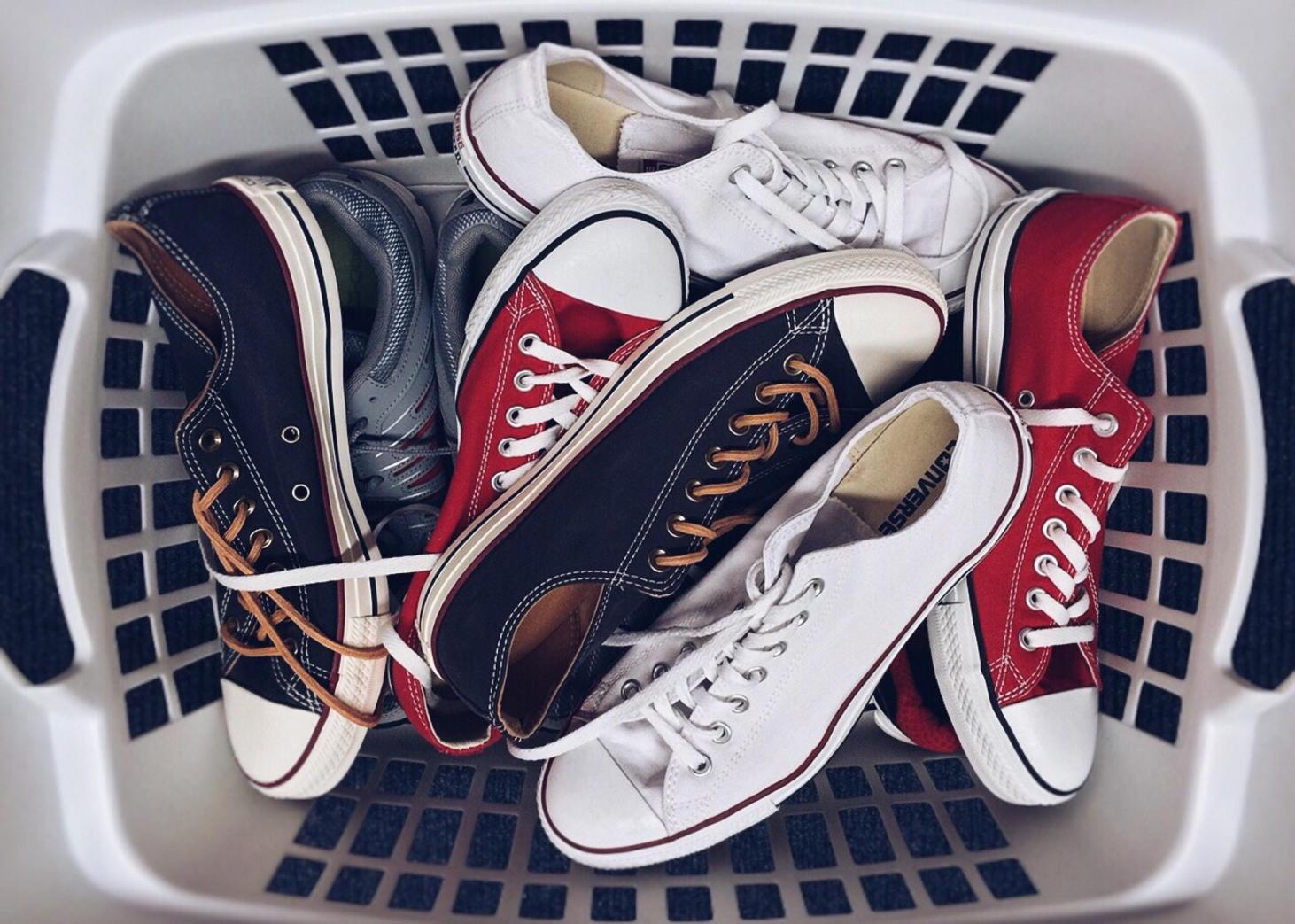
By Betsy Smith, Network Partner Manager at Elder Law of Michigan
People with hoarding disorder are emotionally attached to their belongings and cannot set priorities and make informed decisions. Therefore, they can compromise their safety and relationships just because they are afraid to throw anything away. When the well-being of the affected individual is in danger hoarding help becomes necessary. If you suspect a loved one of having a hoarding disorder, chances are that they will not seek help on their own.
In the first of two blogs about hoarding, we explored the risks of hoarding and how to spot hoarding behaviors. Now we can look at how to help declutter our loved one’s home. The first action is to acknowledge that there is a problem. It is a difficult problem to address, but when the hoarder admits to the problem, consider it a step in the right direction. The second action, and possibly the more important of the two, is to build and maintain a bond of trust throughout the clean-up process. The person with hoarding disorder must be treated with kindness and compassion. Without the trust of the individual with hoarding disorder, the clean-up process will be over just as quickly as it began.
There is no easy way to start the process, so consider starting small. Start with clearing off a table or shelf. Always support the small victories – that table or shelf is a small step in a long journey. Once the person with hoarding disorder realizes they are capable of letting go of their belongings, it will hopefully set the pace for the rest of the clean-up process. After making that initial step, try to set daily goals. Fifteen to thirty minutes a day is a realistic goal. In addition to setting small goals during the clean-up process, it will help to create separate areas for the clutter. One area will be a ‘Keep’ area, one is for ‘Trash,’ and a third is for ‘Donations.’ If there is an option for selling items, a fourth area can be created for items to be sold. These piles will allow your loved one to see the progress they are making as they clear the clutter.
Along the way, there are questions that the person with hoarding disorder may want to ask themselves about the clutter, that might bring clarity to the situation. If the person with hoarding disorder has already acknowledged that there is a problem, the following questions will clarify the need to keep the item or let go of it.
- When was the last time I used this?
- Is there more than one?
- Am I really going to fix it someday?
- Is it ‘just in case’?
- Is it worth the space it is taking up?
In addition to asking questions, there are other ideas for helping a loved one organize their home. Instead of keeping piles of newspapers or magazines, clip out the articles that interest the person with hoarding disorder and create a binder with those articles. If your loved one has a computer, another way to declutter is to set up automatic bill pay. Any mail that is not coming to their home is less clutter. It is important to continually communicate the safety factors. The number one reason to clear out space is to make the living environment as safe as possible.
As the cleaning effort is underway, it is helpful to follow this list of do’s and don’ts to help individuals with hoarding disorder. Here are a few highlights from the list.
Do…
- Connect with the person with hoarding disorder – Understand their state of mind and offer unconditional support.
- Ensure privacy – No one else needs to be involved.
- Make safety a key concern – Highlight safety issues; wear safety gear; address structural damage if needed.
- Agree that their items are important – Like it or not, a person with hoarding disorder is connected to each item.
- Promote donations – People with hoarding disorder tend to let go of things easier if they think that someone else might benefit from having them.
- Recognize collectibles – Sometimes people with hoarding disorder may have valuable items. Take this opportunity to teach them about valuable collecting.
- Hire professionals – If it becomes too much of a burden for you, hire a cleaning service, a professional organizer, or even a counselor to help with a possible mental condition.
Do not…
- Insult or make fun – It is important to always consider the fragile state of mind that a person with hoarding disorder may be experiencing.
- Disclose information – People with hoarding disorder are embarrassed by their predicament.
- Ignore health hazards – People with hoarding disorder can come to terms with letting go of things when they are aware of the hazards the clutter is causing.
- Say ‘let’s get rid of this stuff’ – It might look like junk to you, but to someone with hoarding disorder, it is not junk.
- Ignore items that may be useful – Usable items should be donated to a worthy cause.
- Sell / take / giveaway valuables – People with hoarding disorder do have valuable items. They need to relearn how to value their collectibles.
- Take on the project alone – Hoarding clean-up can be stressful. Losing patience may cause a relapse or a disconnect for someone with a hoarding disorder.
If you are concerned that someone you know has a hoarding disorder here are some resources in Livingston, Oakland, Wayne, and Washtenaw counties. Grand Rapids, Kalamazoo, and Saginaw also have hoarding task forces that may be able to help. Last but not least, if you do not know where to start, there is an online support group consisting of both professionals and individuals with hoarding disorder.
Decluttering is hard at any age, but these tips will help get the ball rolling and hopefully keep things on track. There are many reasons for how the clutter creep started, but there are just as many reasons to clean out that clutter. Besides making the house safe, decluttering provides a great psychological benefit by creating a safe, clean, and organized environment that creates far less stress than a cluttered one.
Betsy is the MiCAFE Network Shareholder and Partner Manager at Elder Law of Michigan. She has been a member of the Elder Law of Michigan team since September 2019. As the MiCAFE Network Partner Manager at Elder Law of Michigan, Betsy provides outreach, training, recruitment, and education to MiCAFE Network Partners and stakeholders.
